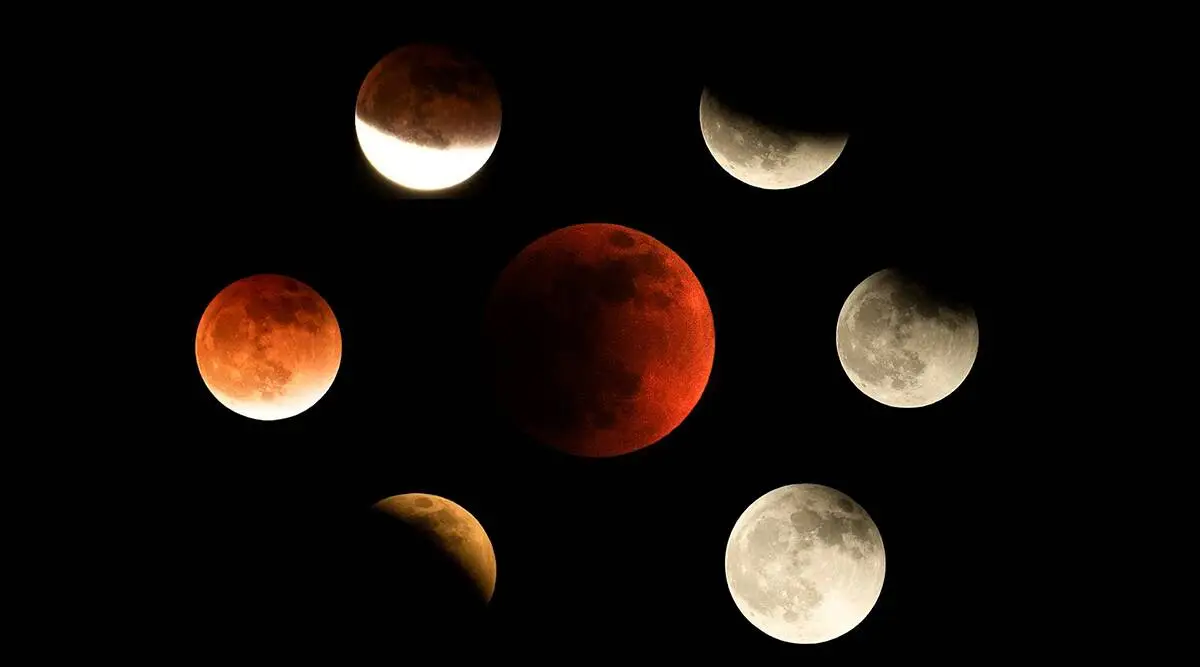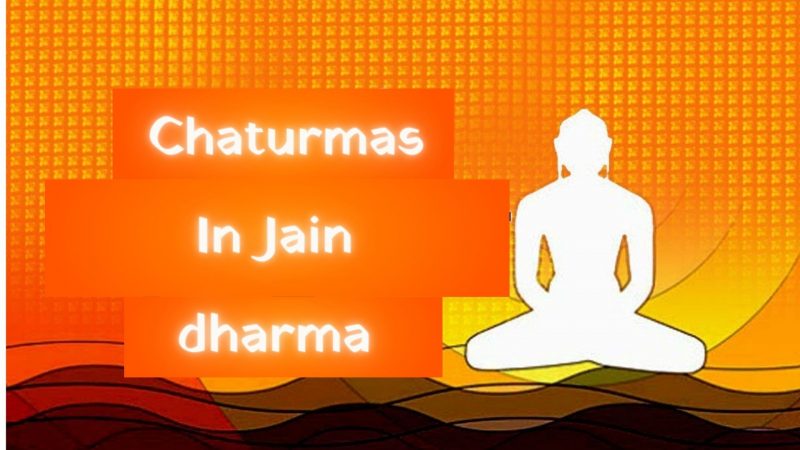Adhikmaas and leap year relation

Adhikmaas and leap year relation
Adhikmaas and leap year relation , as per the Hindu calendar is a lunisolar calendar. This means it is based on both the cycles of the moon and the cycles of the sun. The lunar year is about 354 days long while the solar year is approximately 365.25 days long. This means that the two calendars by time drift out of sync with each other .
To keep the two calendars aligned, the Hindu calendar adds an extra month, called Adhik Maas, every three years or so. This month is inserted after the month of Ashwin, and it is dedicated to Vishnu.

The scientific basis for the addition of Adhik Maas is the Metonic cycle. The Metonic cycle is a period of 19 years, during which the lunar and solar calendars complete a full cycle. This means that if an extra month is added to the Hindu calendar every 19 years, the two calendars will remain aligned.There is a clear scientific relationship between Adhik Maas and leap years. Leap years are also added to the Gregorian calendar to keep it aligned with the solar year.
The Gregorian calendar adds a leap day every four years, except for years that are divisible by 100 but not by 400.

The scientific basis for the addition of leap days to the Gregorian calendar is the same as the scientific basis for the addition of Adhik Maas to the Hindu calendar.
Both calendars are lunisolar calendars, and both calendars need to add extra days or months to keep them aligned with the solar year. Here is how we clearly establish a relation between the two , that how adhik maas and leap year has a relation along with its scientific proof
In conclusion, there is a clear scientific relationship between Adhik Maas and leap years. Both are mechanisms that are used to keep lunisolar calendars aligned with the solar year.





